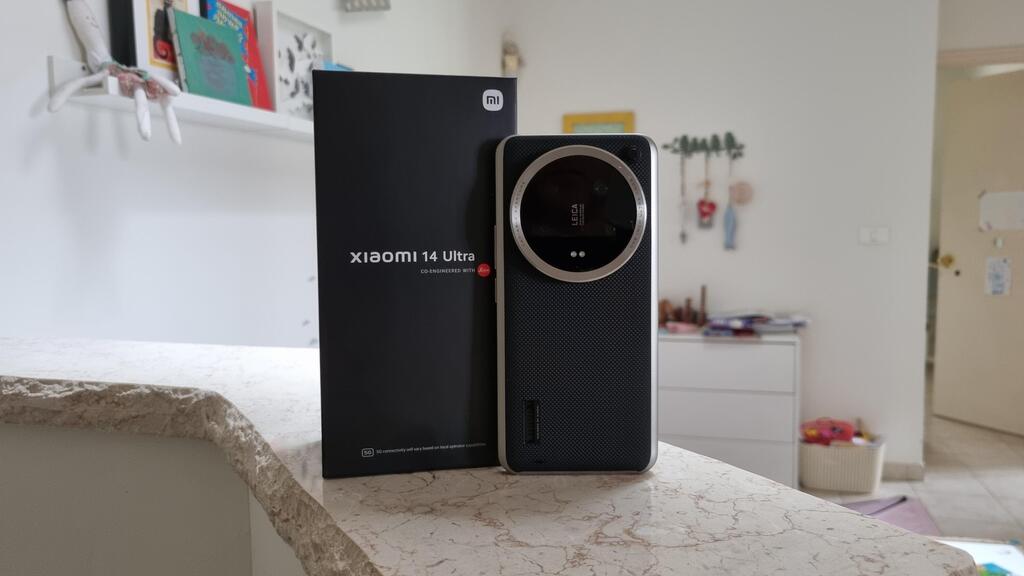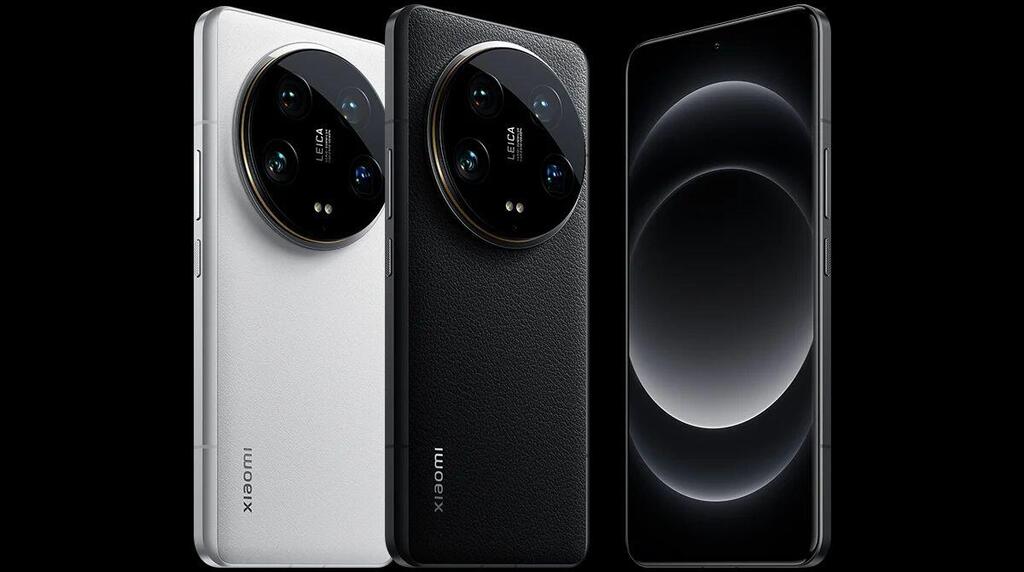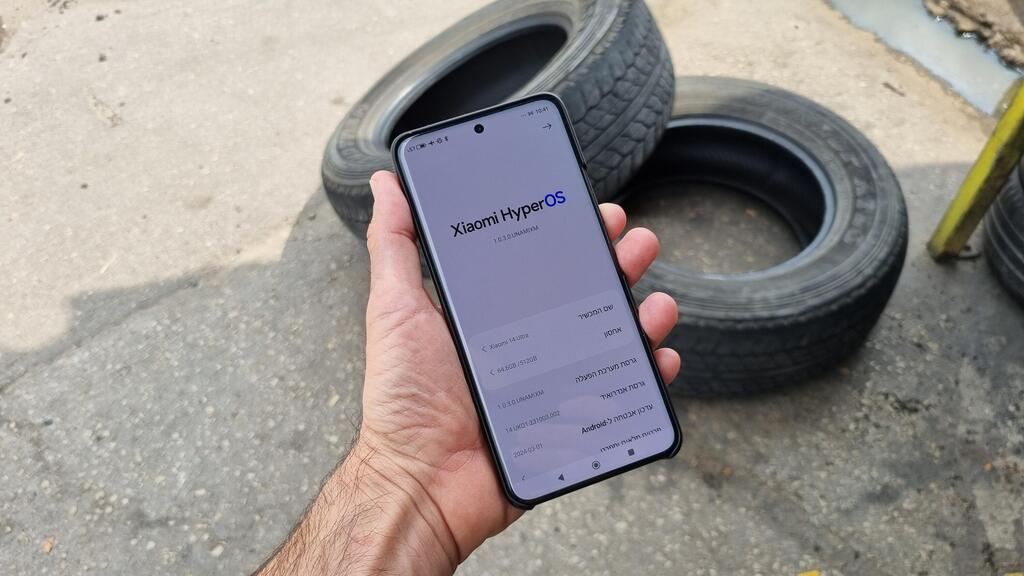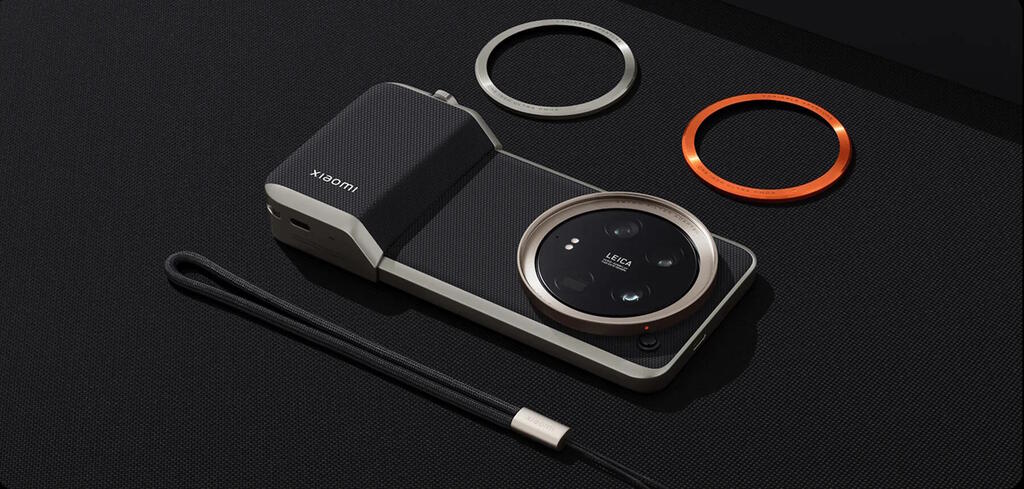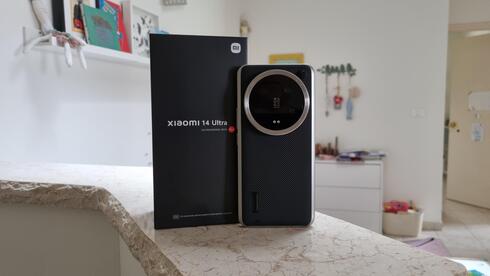
Smartphone reviewXiaomi 14 Ultra: Is it worth the hefty price tag?
Smartphone review
Xiaomi 14 Ultra: Is it worth the hefty price tag?
The new flagship device of the Chinese manufacturer has some excellent properties, but is it good enough to compete with the industry leaders?
Top Line
It's difficult to find complaints against the Xiaomi 14 Ultra - it's big and heavy, but the weight and dimensions are similar to those of its competitors. Its performance is excellent, as is the screen, and the lenses provide exceptional images.
However, the main argument against the device is the price. For over $1,500 you can purchase an iPhone 15 Pro, which also offers excellent performance, particularly in the realm of photography. Alternatively, you could choose from several different Android models and still have a few hundred bucks left over. The Samsung Galaxy S24 Ultra, the Asus Zenfone 11 Ultra, and the OnePlus 12 are all cheaper.
So, while the Xiaomi 14 Ultra certainly delivers on all fronts, it is difficult, if not impossible, to justify the significant price differences or the same price as a brand that is still considered to be much more desirable.
Details
Xiaomi is often seen as an option for those who cannot afford or do not want to spend huge sums on a flagship device. The company has already launched powerful devices with specifications that do not fall short of that of the market leaders, Samsung and Apple, and did so at slightly lower prices. Last year it was the 13 Pro, which impressed with performance and was still significantly cheaper than the leading competitors.
Structure and design: a heavy device, with a pinch of rounded edges on the screen
Smartphones have long been more than just phones with additional capabilities, and sometimes it even seems that the phone itself is one of the least important features of these devices. In the 14 Ultra, Xiaomi emphasizes the camera - the array of cameras occupies a large and very prominent area on the back of the device. The Chinese manufacturer continues its successful collaboration with the old and respected camera and lens manufacturer Leica, stating that the goal is to "make a professional photography experience accessible to every photographer". I'll address that later.
The device is large and heavy, weighing 222 grams alone and 240 grams with the protective cover included in the kit. As with the previous model from last year, the feeling is that the lenses contribute significantly to this weight. As mentioned, they also take up a lot of space, limiting the area available for holding the device. However, the back is rough with a leather-like cover that is comfortable to hold even without an external cover, unlike some competitors whose backs are covered with slippery glass.
The rest of the design is minimal and standard: there is a power button and two volume keys on the right side, while the left side is empty. There is a speaker on the top and bottom, a charging socket, and a SIM card drawer. Notably, there is no headphone jack.
Xiaomi adheres to its goal and has left slightly rounded edges for the screen. It's barely noticeable, and it took me a while to realize that the screen isn't completely flat. The screen size is 6.73 inches, positioned between the iPhone 15 Pro Max and the S24 Ultra. Xiaomi integrates its own protection for the first time here - instead of the familiar Gorilla Glass or Victus, the screen is protected by Xiaomi Shield Glass. According to the company, laboratory tests showed that this protection is 10 times better than the previous model, and only time will tell how it performs in the field. In any case, the device meets the IP68 standard for protection against dust and water, which should allow it to survive 30 minutes in water at a depth of 1.5 meters.
Hardware: Meets all your requirements
As befitting its status as a flagship device, the 14 Ultra offers powerful hardware - a Snapdragon 8th generation processor, 16 gigabytes of memory, and 512 gigabytes of storage.
With such specifications, the device has no problem handling heavy games and various graphic tasks. It is fast, does not heat up, and it is impossible to find fault with its performance and capabilities.
Despite being a flagship device and eSIM being supported by all local mobile companies, you won't find that option here. Last year, the region settings had to be changed to find the eSIM, but this time it doesn't help either.
The screen is excellent, with brightness capable of reaching an extremely high level of 3,000 nits on paper. In practice, the display was excellent even under direct sunlight. The color reproduction is excellent, enhancing the display of movies and photos, and to complete the experience, there are also very powerful speakers, providing sound at a very good level.
Behind the scenes, all of this is powered by a 5,000 mAh battery, which lasts a day and a half without problems, depending on usage. Xiaomi still offers a charger in the device kit, which in this case is a fast charger with a power of 90 watts. Charging for fifteen minutes with the fast charger was enough to charge the battery from 10% to 50%, and a full charge required about 45 minutes. According to Xiaomi, the device also supports wireless charging with a power of 80 watts - you just need to find suitable equipment.
Software: The interface has changed a bit, and Xiaomi is still "pushing" apps
The 14 Ultra comes with Android 14 and Xiaomi's new HyperOS interface, which is not very different from the company's previous interface, MIUI. By default, apps are deployed on the home screens, without an "application drawer", but adjustments can be made in the system settings.
Immediately after installation, I received a warm recommendation to install Snapchat. Additionally, without any input from me, the Facebook, TikTok, LinkedIn, Spotify, Booking.com, and Netflix apps were installed, along with a Google package - including YouTube, YouTube Music, Photos, Maps, and more.
While this is not as extensive as the pre-installed apps found on cheaper Xiaomi devices (and some competitors), it would be preferable to have a "cleaner" device and be left with the option to choose which apps to install.
Camera: Simply excellent
The cameras receive special emphasis here, as mentioned. In cheaper models, Xiaomi emphasizes the number of megapixels, but here there are four different lenses, each boasting "only" 50 megapixels, along with a selfie camera with 32 megapixels.
As part of the collaboration with Leica, there are numerous photo modes and filters. Upon the first start, you are prompted to choose between an authentic photo, faithful to the original, and a colorful photo, where additional color is added. This choice can be easily changed before each photo, in the camera application's menu. Furthermore, there are options for black and white photography, blue or sepia photography, and much more.
A professional mode allows for manual control of every parameter, including focus, aperture, and brightness.
Even in standard photography modes, the results are excellent. Xiaomi lives up to its promise to "make a professional photography experience accessible to every photographer". The photos are sharp, even when taken at night, and the colors are excellent. Optical zoom options of X2, X3.2, or X5 produce high-quality results.
In editing mode, you can remove details and people from photos, although this does not always work flawlessly. Additionally, similar to other Xiaomi models, there is an option to replace the sky in photos, with varying success depending on the image and background chosen.








